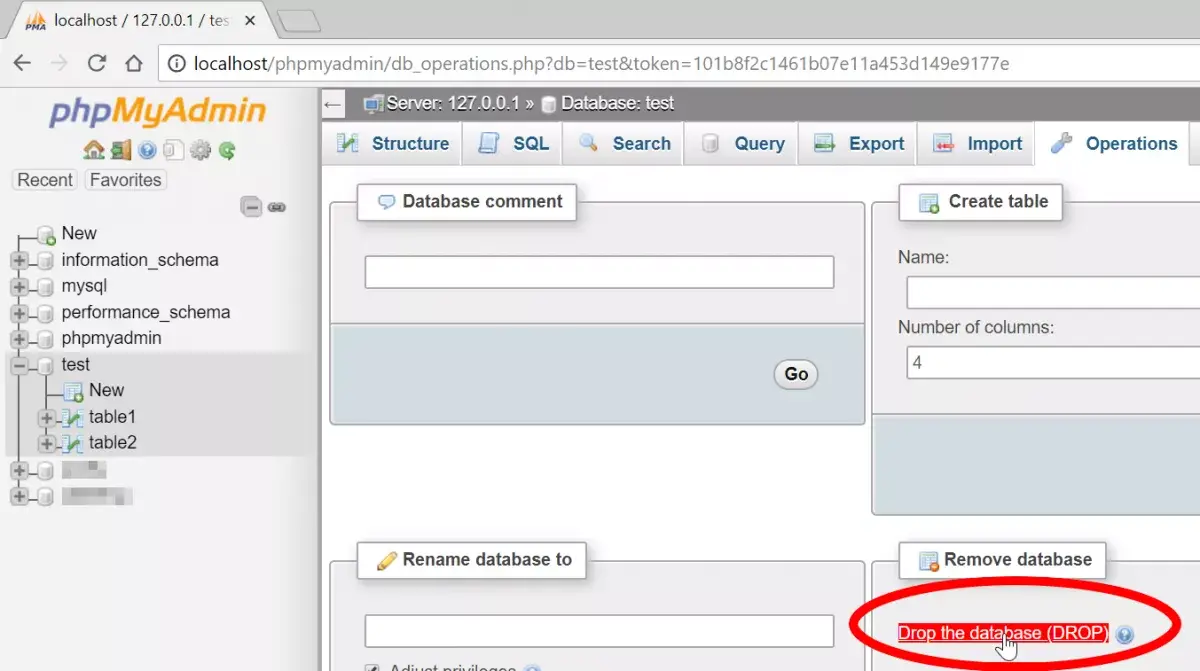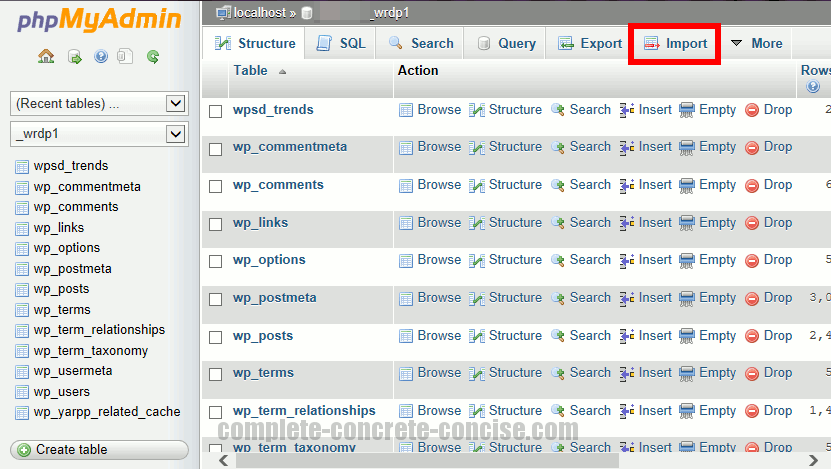
Download an archive of mysql folder which should contain all mySQL databases, whether MyISAM or innoDB (you can scp this file, or move this to a downloadable directory, if need be).SSH into your web server (dev, production, no difference) and browse to your mysql folder (mine was at /var/lib/mysql for a Plesk installation on Linux).Fresh installation of MAMP / MAMP Pro that you are willing to destroy (if need be) FRM files from your mysql_database folder You can read the full blog post about it here: I'm on a Mac and so I used MAMP in order to restore the Database to a point where I could export it in a MySQL dump. Here are the steps I used to solve it without having to mess around with the tablespace id as RolandoMySQLDBA mentions above.

Then, import that mysqldump into your new mysql instance. You could apply the suggestions from the Chris Calendar link, or you could go back to the old installation of mysql, startup up mysql, and then mysqldump the ddms database. After reading this, you should come to the immediate realization that copying. ibd file to ibdata1 in the event of mismatched tablespace ids.
Phpmyadmin restore database how to#
Here is excellent link on how to reattach any.

Phpmyadmin restore database install#
Now I installed a new MySQL on a freshly installed Ubuntu 10.04.3 LTS by running apt-get install mysql-server, I believe version 5.1 was installed.

I have previously saved a copy of /var/lib/mysql/ddms directory ("ddms" is the schema name).


 0 kommentar(er)
0 kommentar(er)
